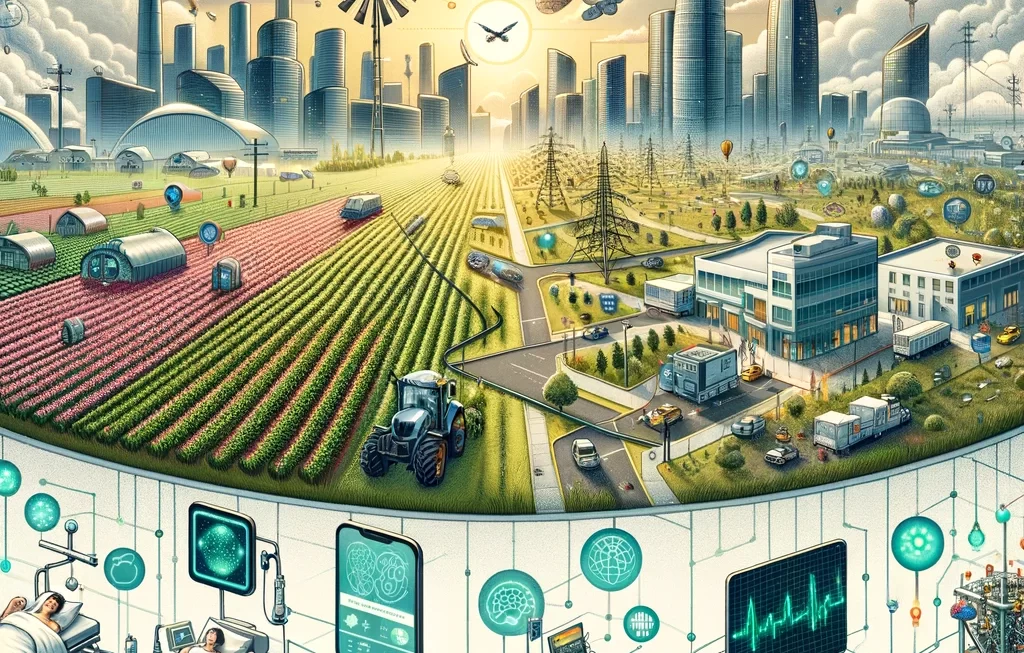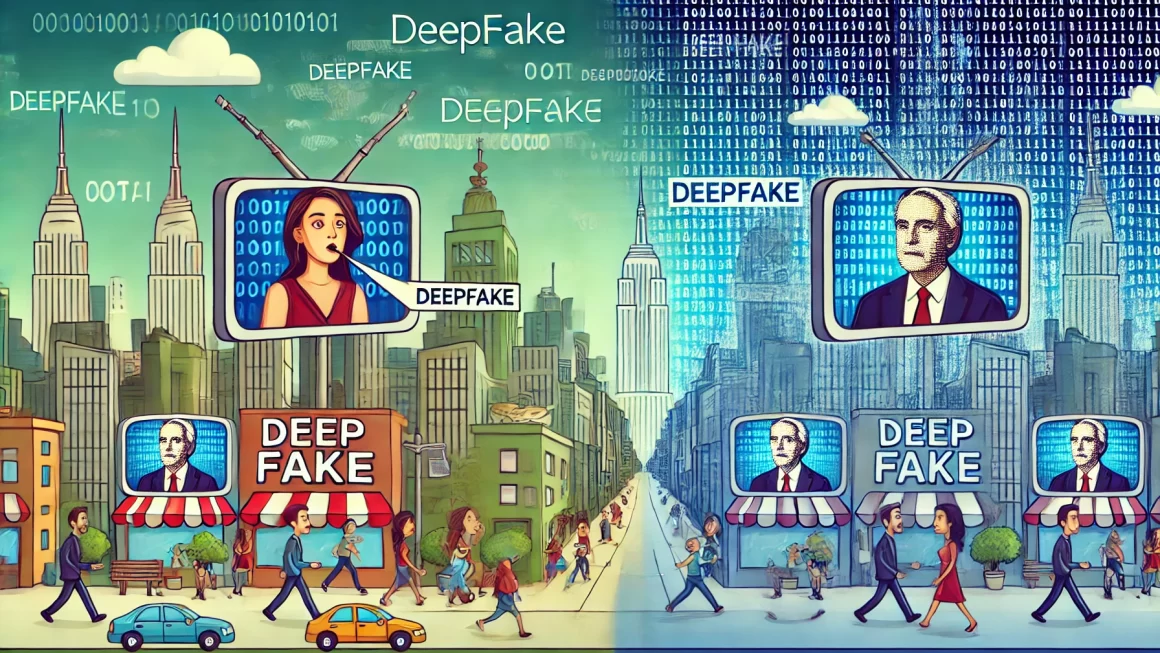In the evolving landscape of microtechnology, Smart Dust emerges as a paradigm-shifting innovation, consisting of tiny wireless sensors that can detect everything from temperature to chemical compositions. This technology, rooted in concepts developed in the early 1990s at the University of California, Berkeley, is set to redefine the granularity and scope of data collection across various sectors.
What is Smart Dust?
Smart Dust refers to minuscule, autonomous sensors known as motes. These devices combine sensing, data processing, wireless communication, and power supply systems within a space as small as a few millimeters cubed. Designed to be cost-effective and robust, these motes can be distributed extensively across various environments, much like particles of dust, to gather detailed, real-time data.
Core Components of Smart Dust:
- Microelectromechanical Systems (MEMS): These are the heart of Smart Dust, integrating mechanical components, sensors, actuators, and electronics on a common silicon substrate through microfabrication technology.
- Sensors: To detect environmental parameters such as light, temperature, or chemical agents.
- Communication Capabilities: Enables motes to transmit data to and from a central system.
- Power Supply: Innovative approaches to power, including tiny batteries or solar cells, ensure these motes operate autonomously.
Applications of Smart Dust
1. Environmental Monitoring:
Smart Dust can transform environmental science by providing detailed insights into air or water quality, climate conditions, or even the health of wildlife habitats. By dispersing these sensors in the environment, researchers can study ecological systems dynamically and over broad areas, enhancing their ability to monitor and predict environmental changes.
2. Agriculture:
Farmers can leverage Smart Dust to gain unprecedented data on soil hydration, nutrient levels, or pest occurrences. This information can lead to more efficient use of resources like water and fertilizers, optimized pest control, and ultimately, higher crop yields.
3. Healthcare:
Imagine a swarm of Smart Dust particles traveling through the bloodstream, providing real-time monitoring of internal organs or delivering drugs precisely where needed. Such applications could dramatically improve diagnostic capabilities and patient outcomes.
4. Military Uses:
Smart Dust can offer significant advantages in surveillance and reconnaissance, allowing military forces to monitor hostile or inaccessible areas continuously without risk to human lives.
5. Industrial Monitoring:
In industrial settings, Smart Dust can facilitate the monitoring of equipment performance, predict failures before they occur, and optimize maintenance schedules, thus saving costs and improving safety.
Challenges and Future Directions
Despite its promising applications, Smart Dust faces challenges such as privacy concerns, data security, and the need for more robust, energy-efficient designs. Future research is directed towards enhancing the longevity and performance of these sensors, as well as addressing ethical issues associated with their use.
Further Reading
For those interested in a deeper dive into the specifics of Smart Dust technology and its potential implications, the following resources are invaluable:
- “Smart Dust: Communicating with a Cubic-Millimeter Computer” by Brett Warneke and colleagues provides foundational knowledge and discusses the early prototypes and applications of these sensors.
- “Wireless Sensor Networks: a Survey” offers a comprehensive look at the technology behind networked sensors and outlines future research directions.
- Articles in journals like Environmental Science & Technology discuss environmental applications and are excellent for understanding Smart Dust’s role in ecological monitoring.
Conclusion
Smart Dust stands at the convergence of technology and practicality, promising to extend our senses far beyond their natural capabilities. As this technology continues to evolve, it holds the potential not only to revolutionize data collection across diverse fields but also to significantly impact our understanding of the world around us.




